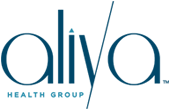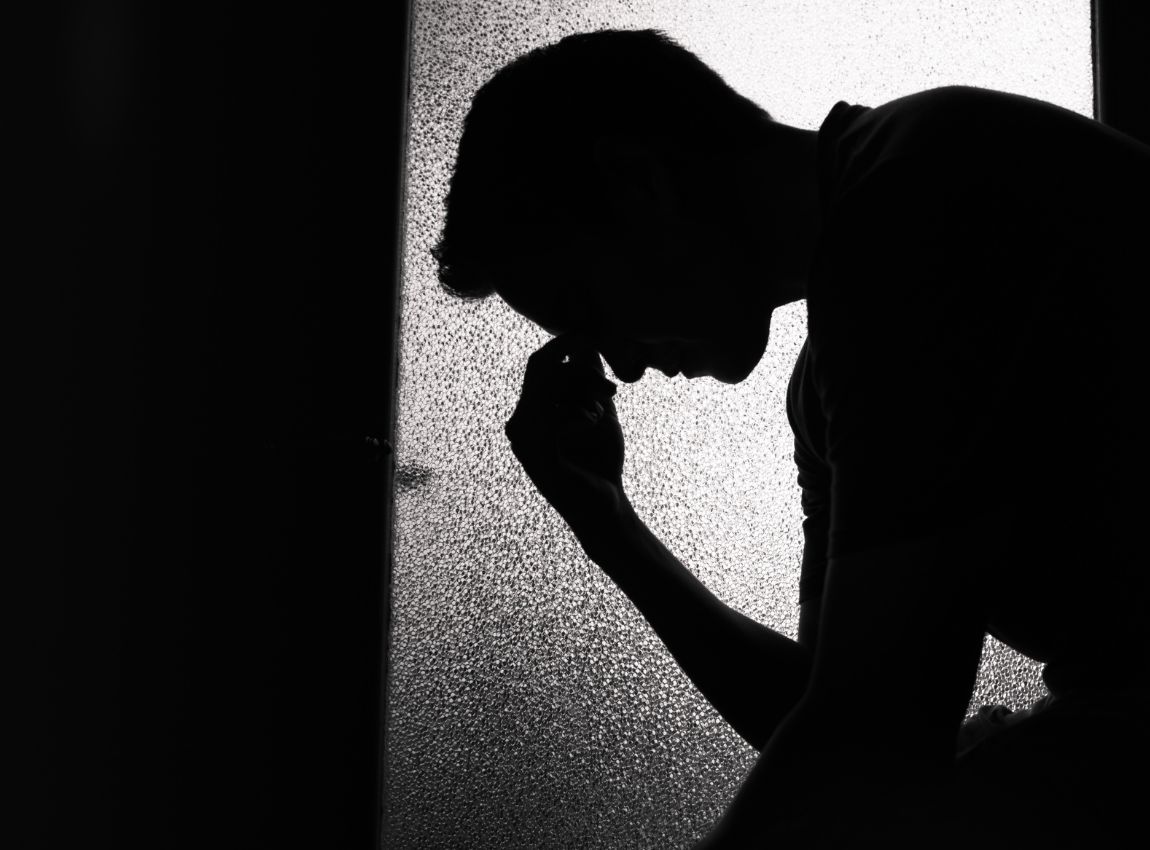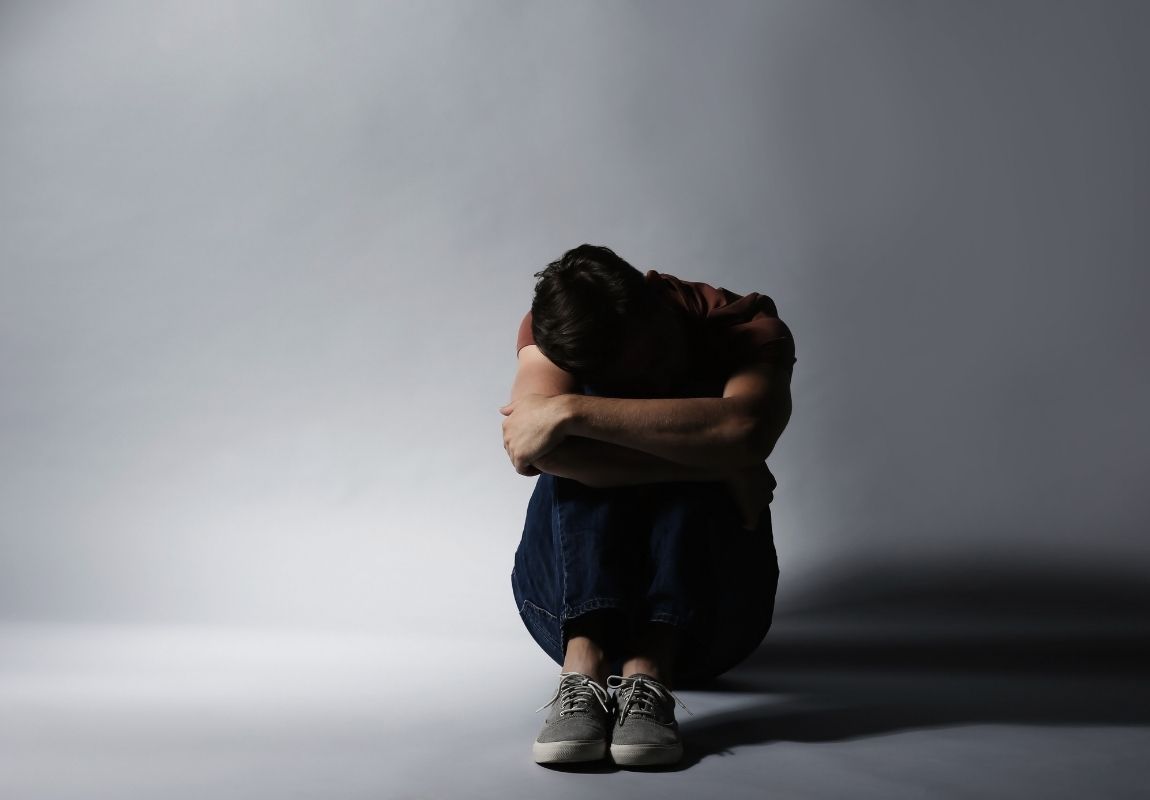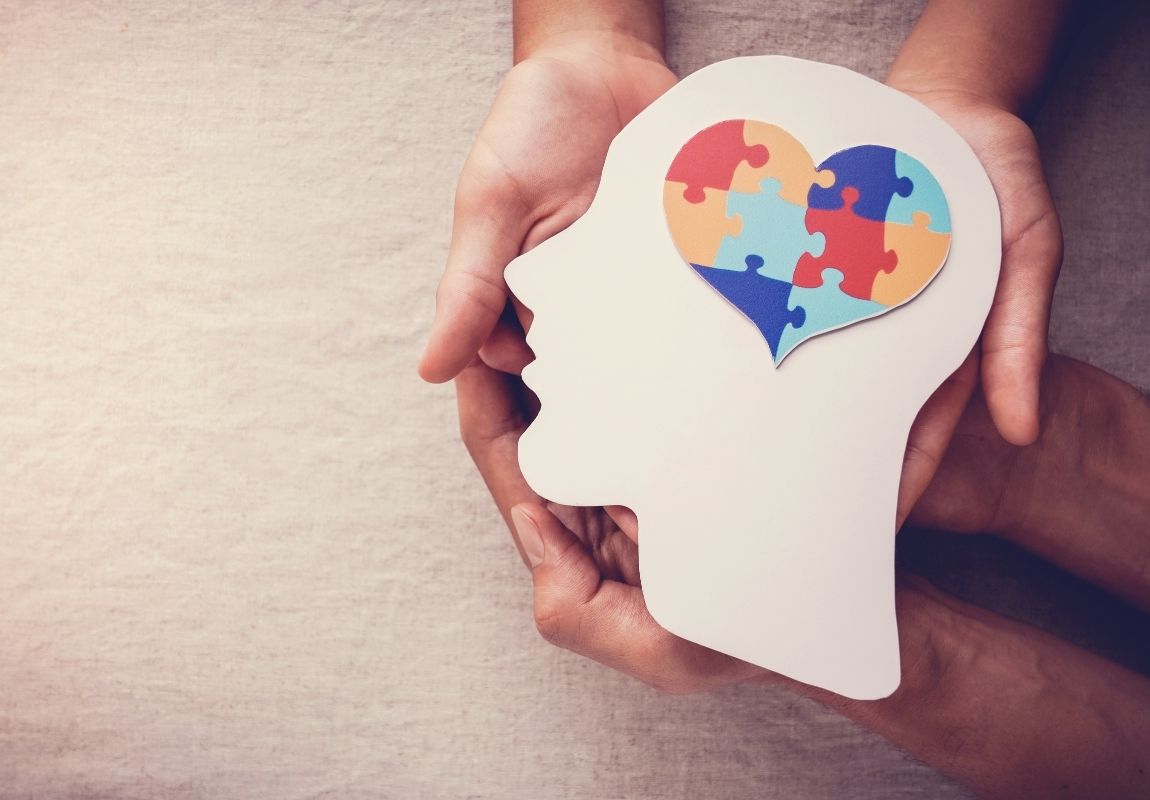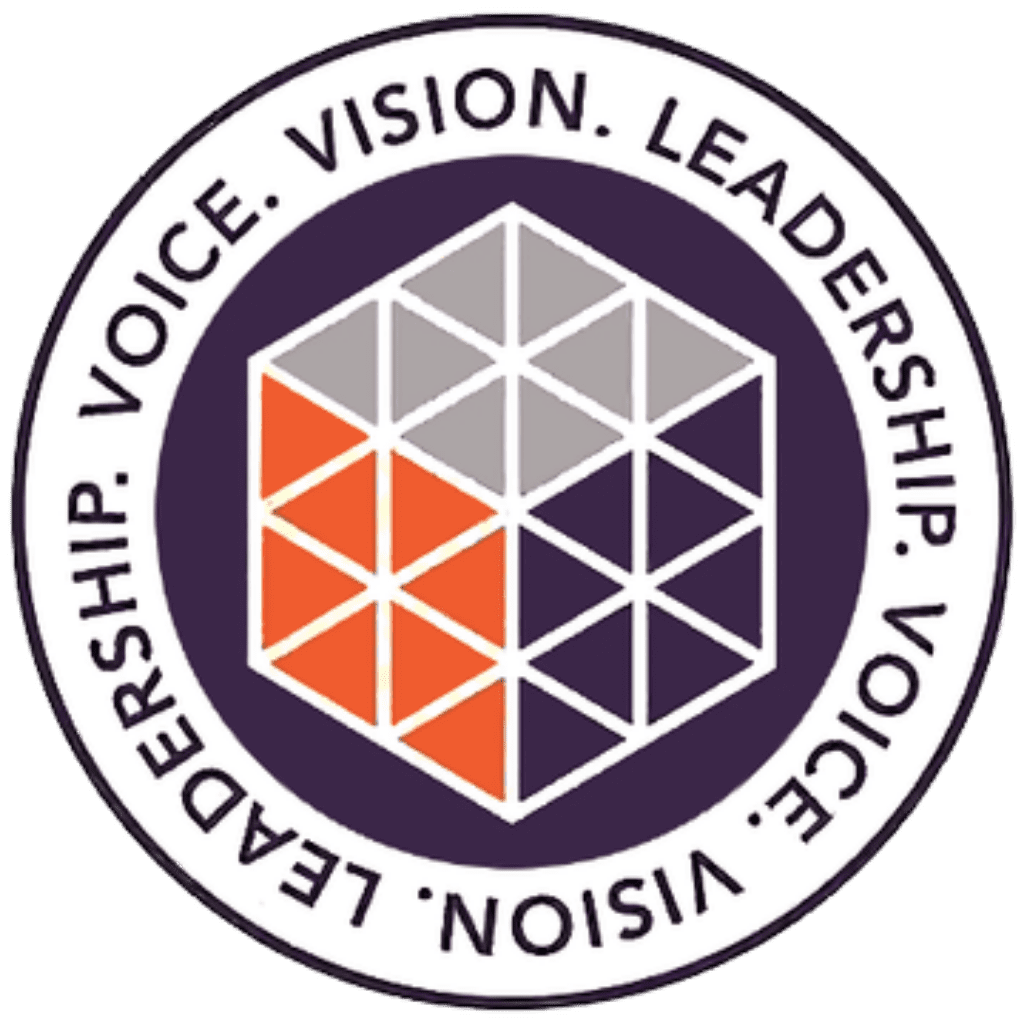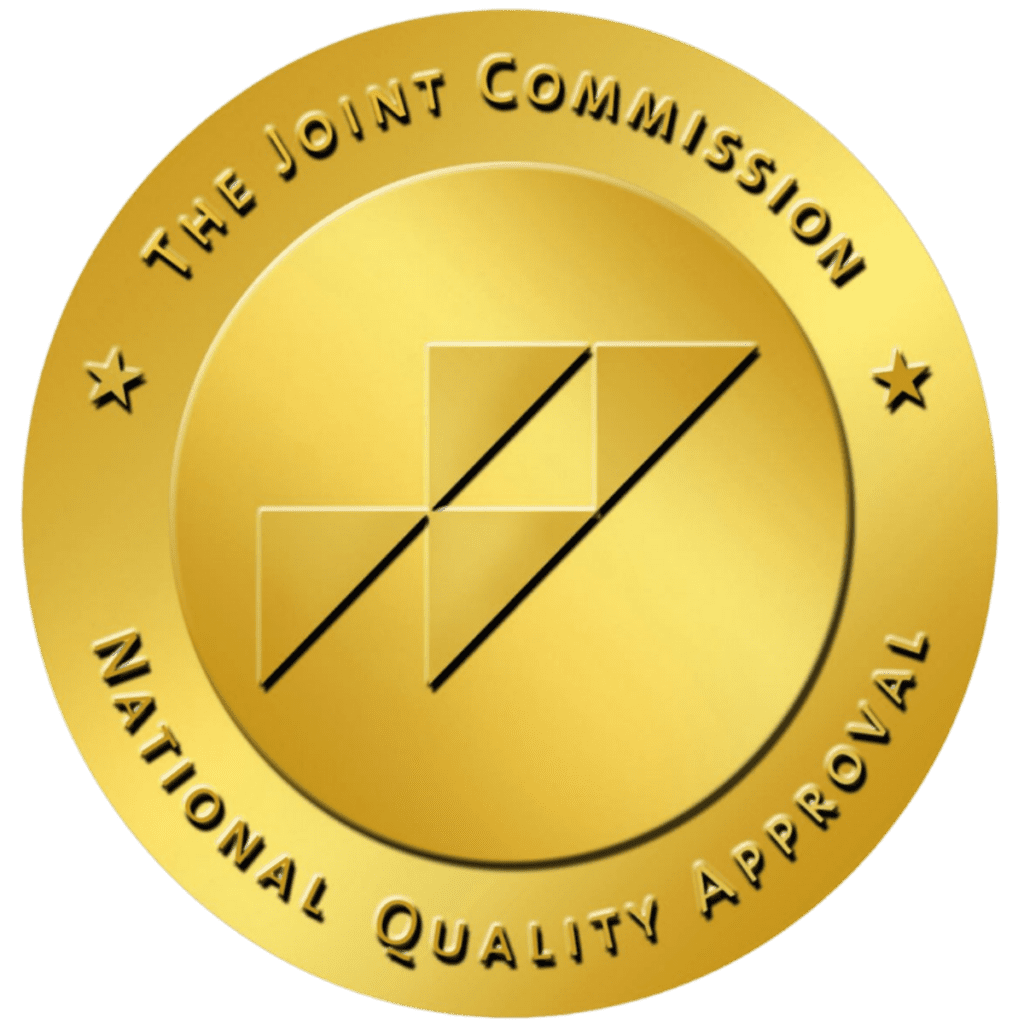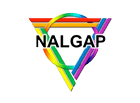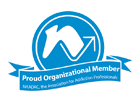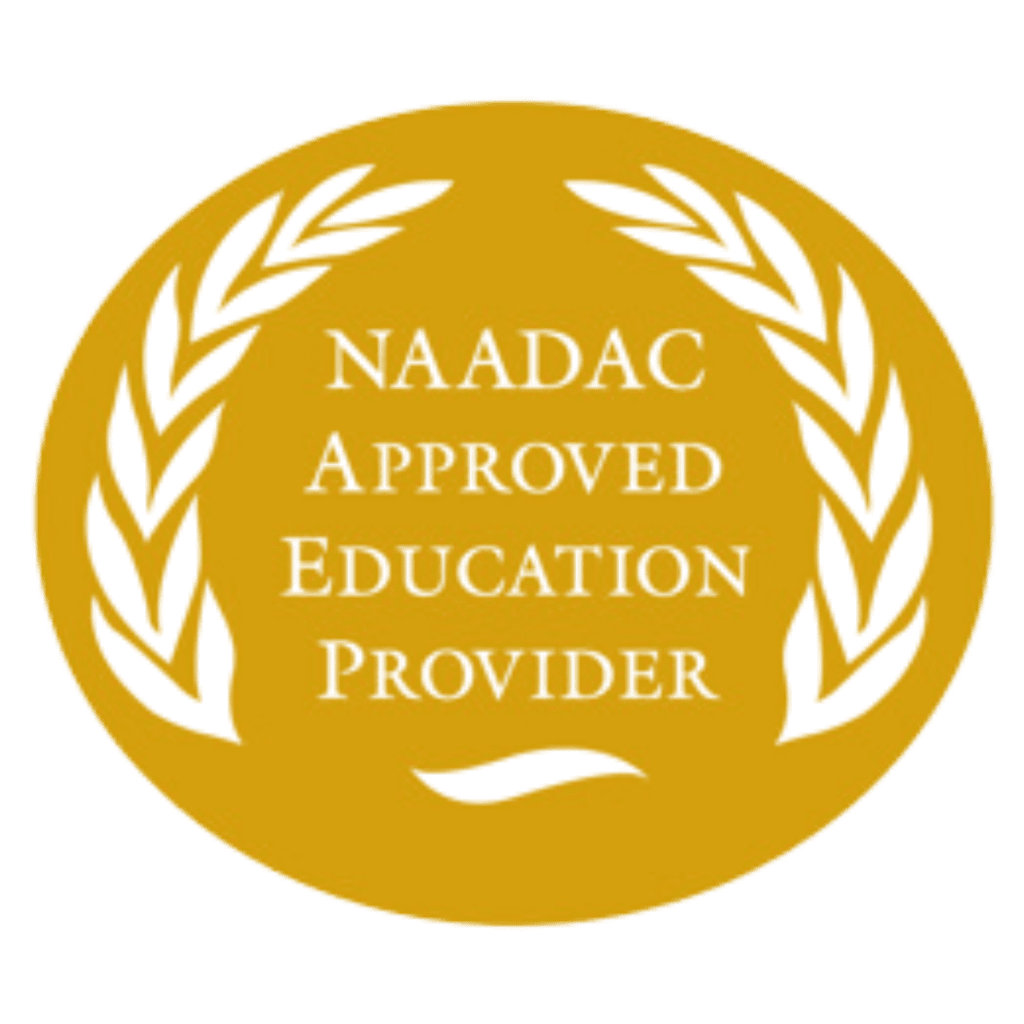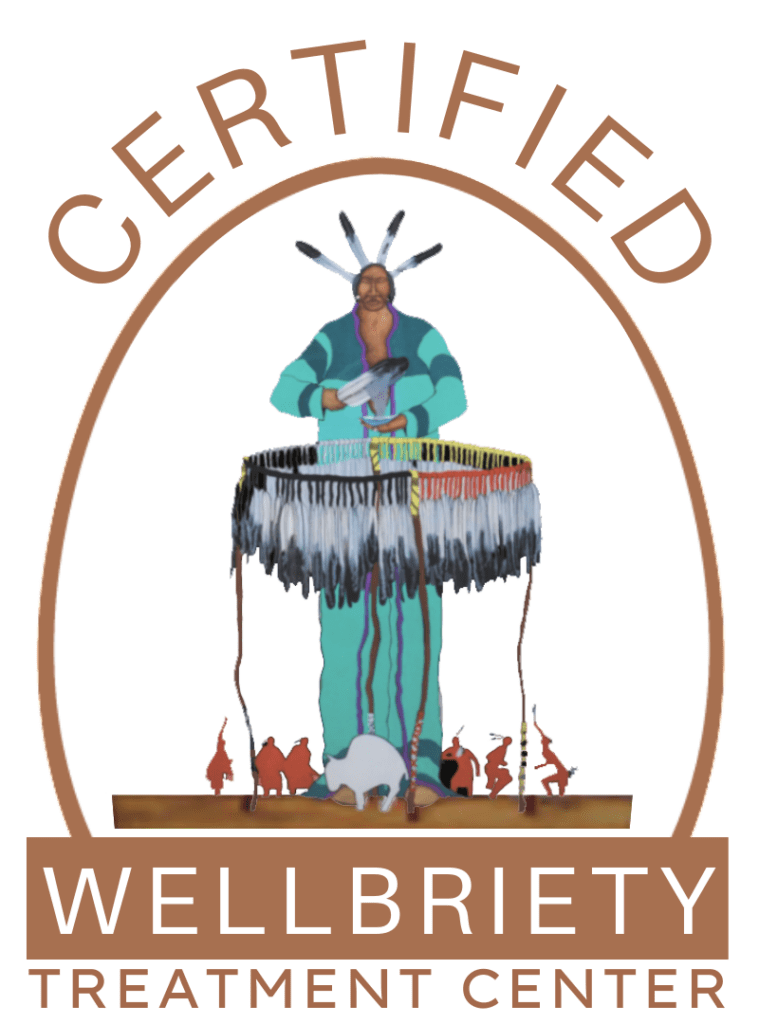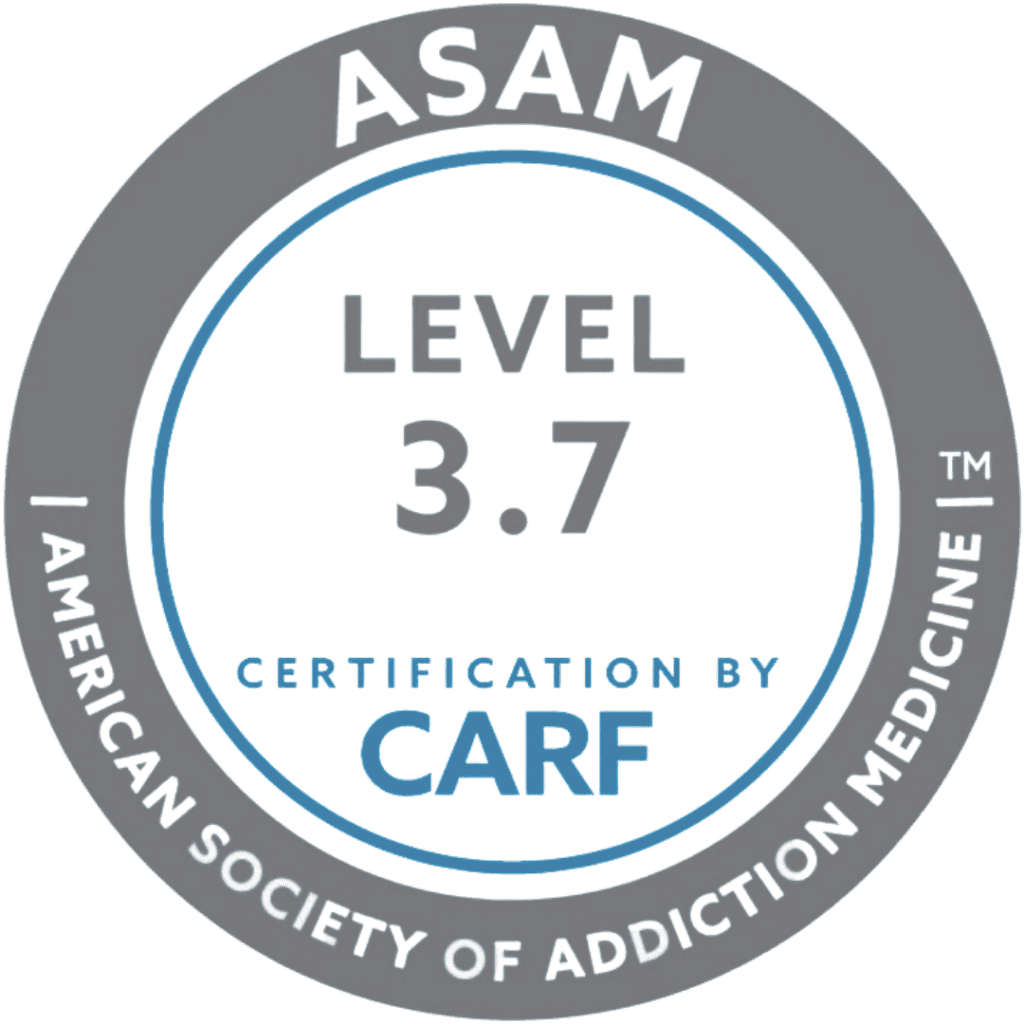What Are Heroin Track Marks?
Heroin is a dangerous and deadly drug that claims thousands of lives every year. While some users attempt to keep their heroin use a secret, it’s difficult to hide the telltale sign that it can leave on the body. Commonly known as “heroin track marks,” this physical consequence of addiction can remain years after an individual stops using the drug, yet it’s not always enough to make them stop.
What Is Heroin?
Heroin, derived from morphine, is an extremely potent and addictive opioid drug made from the Asian opium poppy plant. Heroin was first synthesized in 1874. The Bayer Pharmaceutical Company, one of the largest drug companies in the world, began manufacturing it commercially in 1898.
Bayer marketed heroin as a cough suppressant. At first, physicians didn’t recognize the potential for heroin misuse, so some prescribed it to their patients. But by 1924, all heroin use became illegal under federal law, leading to its classification as a Schedule I substance. This means it has a high potential for abuse and no accepted medical uses.
Common street names for heroin include:
- H/Big H
- Black/Black Tar/Black Pearl
- Smack
- Dope
- China White/White Stuff/White Lady/White Girl/White Boy
- Brown/Brown Sugar/Brown Tape
- Snow
- Chiva/Chiba
- Dragon
- Scag
- Mexican Mud
Some people turn to tianeptine as a heroin alternative, or to self-treat anxiety or depression. Tianeptine has opioid-like effects and is falsely marketed and sold across the country in gas stations as a dietary supplement. Common names for tianeptine include “gas station heroin,” “ZaZa Red,” or “Neptune’s Elixir” (among others). Tianeptine use can lead to serious health complications and even death, prompting the FDA to issue national warnings about the supplement.
What Does Heroin Look Like?
Heroin comes in many forms, including a white powder and a sticky, dark substance known as black tar heroin. This dark color comes from different processing methods for black tar heroin than for pure heroin. While the powder can be snorted or dissolved and injected, the tar form is typically dissolved and injected directly into the bloodstream.
Most heroin is bitter, but different mixtures can produce different tastes. For example, heroin cut with sugar can taste sweet. Heroin can be completely odorless. When mixed with other substances, it can smell like various chemicals, cat urine, or even chocolate. Smoked heroin can smell sweet — like sugar, coffee, or licorice — but it can also smell like burnt food.
Why Is Heroin So Addictive?
From 2019 to 2020, heroin usage has increased among all people aged 12 or older. A large majority of people who used heroin first misused prescription opioids.
- 902,000 Americans use heroin annually
- 25 million Americans will use heroin at least once in their lifetime
- Heroin makes up 4.5% of all illicit drug use in the lifetime of Americans aged 12 or older
- Heroin makes up 1.5% of all illicit drug use annually among Americans aged 12 or older
- 103,000 Americans first start using heroin annually
- 80% of people who use heroin first misused prescription opioids
The addictive nature of heroin stems from its ability to enter the brain rapidly and bind to opioid receptors. This interaction creates feelings of euphoria and pleasure, creating a powerful desire for repeated use. Over time, the brain adjusts to heroin requiring higher doses to achieve the same effects. Many users find themselves chasing the high and doing what they can to acquire more heroin, leading to addiction.
Heroin addiction symptoms may include:
- Lung complications
- Abscesses
- Infections in the heart lining and valves
- Collapsed veins
- Hepatitis C
- Cognitive imbalances
How Do People Use Heroin?
Heroin can be consumed in various ways, each carrying its own set of risks. Injection, one of the most dangerous methods, delivers an immediate and intense high. This is associated with a higher risk of overdose and transmission of infectious diseases. Intravenous (IV) heroin use is what causes track marks to form.
Heroin has a rapid half-life of just two to six minutes. This refers to how long it takes for the amount of heroin in your body to decrease by one half. The drug stays in the blood for up to six hours and in urine for up to three days. It can be detected in a hair-follicle tests for up to 90 days after the last use.
How to Identify Heroin Track Marks
A visible consequence of chronic heroin use is the development of track marks — scars or bruises resulting from repeated injections. These marks are primarily found on the arms but can appear on other body parts.
Identifying track marks involves recognizing small, puncture-like wounds or discoloration on the skin. While not inherently harmful to health, untreated track marks can lead to severe complications. Seeking medical attention is crucial for managing potential infections or complications that arise.
What Is Heroin Addiction Treatment Like?
First, it’s important to remember that addiction is a disease. It’s not a choice or a moral failing. Addiction often results from dramatic changes in brain chemistry.
Breaking free from heroin addiction is an achievable process with the right support. Heroin addiction treatment typically involves a combination of medication, therapy, and support groups.
There are several components to heroin addiction treatment and recovery. They include things like:
- Evaluations
- Medical detox
- Withdrawal management
- Long-term therapies
- Aftercare
Dual-Diagnosis Treatment
Often, people start using heroin to self-medicate conditions like anxiety and depression. This is known as a dual diagnosis or co-occurring disorders. Dual-diagnosis treatment helps by combining medication and therapy to treat both the addiction and mental health disorder. Without addressing both issues, it can be difficult to achieve lasting recovery.
Behavioral Therapies
A behavior-therapy program is an important part of addiction treatment that helps you change your behavior and adopt new, healthier coping skills. Common types of behavioral therapy used at addiction treatment centers include cognitive behavioral therapy (CBT), contingency management, and motivational interviewing (MI). Each of these therapies has been shown to be effective in treating heroin abuse.
- CBT helps you identify and change the thoughts and behaviors that contribute to drug abuse
- Contingency management provides rewards for abstaining from drugs
- MI helps you explore your motivation for change.
These therapies can work together to help you develop the skills to abstain from heroin and lead a drug-free life.
Relapse-Prevention Training
Relapse prevention training helps people in recovery learn to identify and manage triggers that could lead to a return to heroin use.
Medications
Prescription medications, such as methadone, buprenorphine, and naltrexone, aid in managing withdrawal symptoms and cravings.
Heroin Addiction Treatment Options at Aliya
Embracing a holistic approach to heroin treatment, considering both physical and psychological well-being, is crucial for success on the path to recovery. That’s exactly what you’ll find with Aliya Health Group.
During your initial assessment, we’ll work with you to determine whether you need inpatient or outpatient treatment. Many people require residential treatment for early recovery because heroin is such a powerful addiction.
Our heroin treatment programs include:
Inpatient Treatment: Also known as residential rehab, inpatient treatment is required for medical detox. It allows you to get necessary medical treatment and isolate yourself from potential triggers with 24/7 medical support and care. The length of treatment ranges from 28 to 90 days, depending on the severity of your addiction.
Outpatient Treatment: Outpatient care gives you more freedom, but you need a safe home environment and a strong support system in place. If you don’t have these things, you can stay in a sober living home while undergoing outpatient treatment. The different levels of outpatient rehab include:
- Partial hospitalization programs (PHPs) – intensive, comprehensive care during the day or evenings, involving:
- Group therapy sessions
- Individual counseling
- Skill-building workshops
- Intensive outpatient programs (IOPs) – structured program that allows you to continue working or going to school while receiving help for heroin addiction. These programs typically meet three to five days per week for three to four hours each day. Includes a combination of individual therapy, group therapy, and meetings
- Outpatient programs – weekly treatment while you continue to live at home and go to school or work. These programs typically involve meeting with a counselor or therapist on a regular basis, attending group meetings, and participating in individual and/or family therapy. These can also be a good step down from an inpatient program for people who have completed detox and treatment and are ready to start rebuilding their lives.
Some people continue with therapy or peer-led support groups for several years. Even after you leave treatment, your sobriety will benefit from continuing care. Peer support and continuing to learn will help you maintain a healthy, drug-free lifestyle.
If you or someone you know is struggling with heroin addiction, don’t hesitate to seek professional help and embark on the path to a healthier, drug-free life.
References:
- https://methoide.fcm.arizona.edu/infocenter/index.cfm?stid=174
- https://drugabusestatistics.org/heroin-statistics/#:~:text=Heroin%20Usage%20Statistics&text=902%2C000%20Americans%20use%20heroin%20annually,Americans%20aged%2012%20or%20older
- https://www.samhsa.gov/co-occurring-disorders
- https://www.ncbi.nlm.nih.gov/pmc/articles/PMC3633201/
